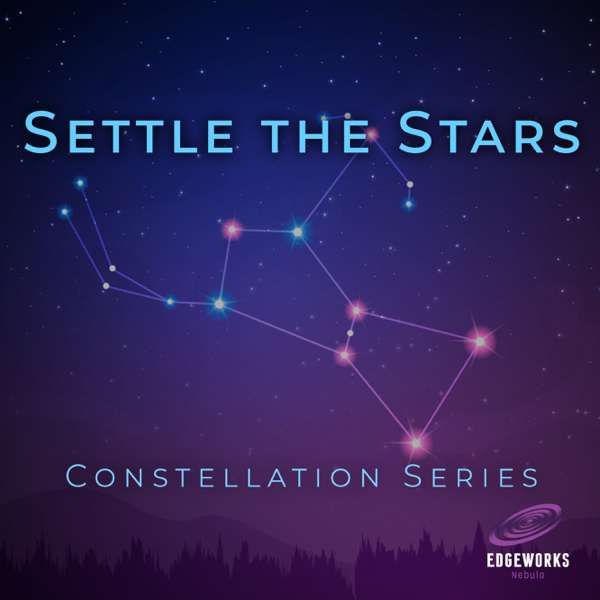Get your weekly dose of all that’s new in space and astronomy with Escape Velocity Space News. The sky is not the limit, as we bring you the latest scientific discoveries and rocket launches. EVSN is brought to you by the team behind CosmoQuest at the Planetary Science Institute, and features hosts Dr. Pamela L. Gay and Erik Madaus with special guest interviews by Beth Johnson and audio engineering by Ally Pelphrey. EVSN is supported through Patreon at https://www.patreon.com/CosmoQuestX.
- Home
- Top Charts
- Top Networks
- Top Apps
- Top Independents
- Top Podfluencers
- Top Picks
- Top Business Podcasts
- Top True Crime Podcasts
- Top Finance Podcasts
- Top Comedy Podcasts
- Top Music Podcasts
- Top Womens Podcasts
- Top Kids Podcasts
- Top Sports Podcasts
- Top News Podcasts
- Top Tech Podcasts
- Top Crypto Podcasts
- Top Entrepreneurial Podcasts
- Top Fantasy Sports Podcasts
- Top Political Podcasts
- Top Science Podcasts
- Top Self Help Podcasts
- Top Sports Betting Podcasts
- Top Stocks Podcasts
- Podcast News
- About Us
- Podcast Advertising
- Contact

 Our TOPPODCAST Picks
Our TOPPODCAST Picks  Stay Connected
Stay Connected







